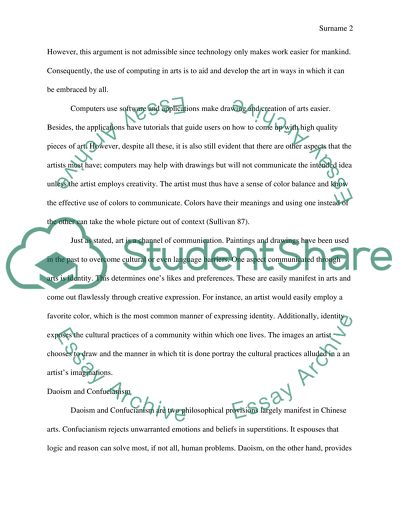Cite this document
(“Arts of China Essay Example | Topics and Well Written Essays - 1000 words”, n.d.)
Retrieved from https://studentshare.org/history/1461824-arts-of-china
Retrieved from https://studentshare.org/history/1461824-arts-of-china
(Arts of China Essay Example | Topics and Well Written Essays - 1000 Words)
https://studentshare.org/history/1461824-arts-of-china.
https://studentshare.org/history/1461824-arts-of-china.
“Arts of China Essay Example | Topics and Well Written Essays - 1000 Words”, n.d. https://studentshare.org/history/1461824-arts-of-china.


